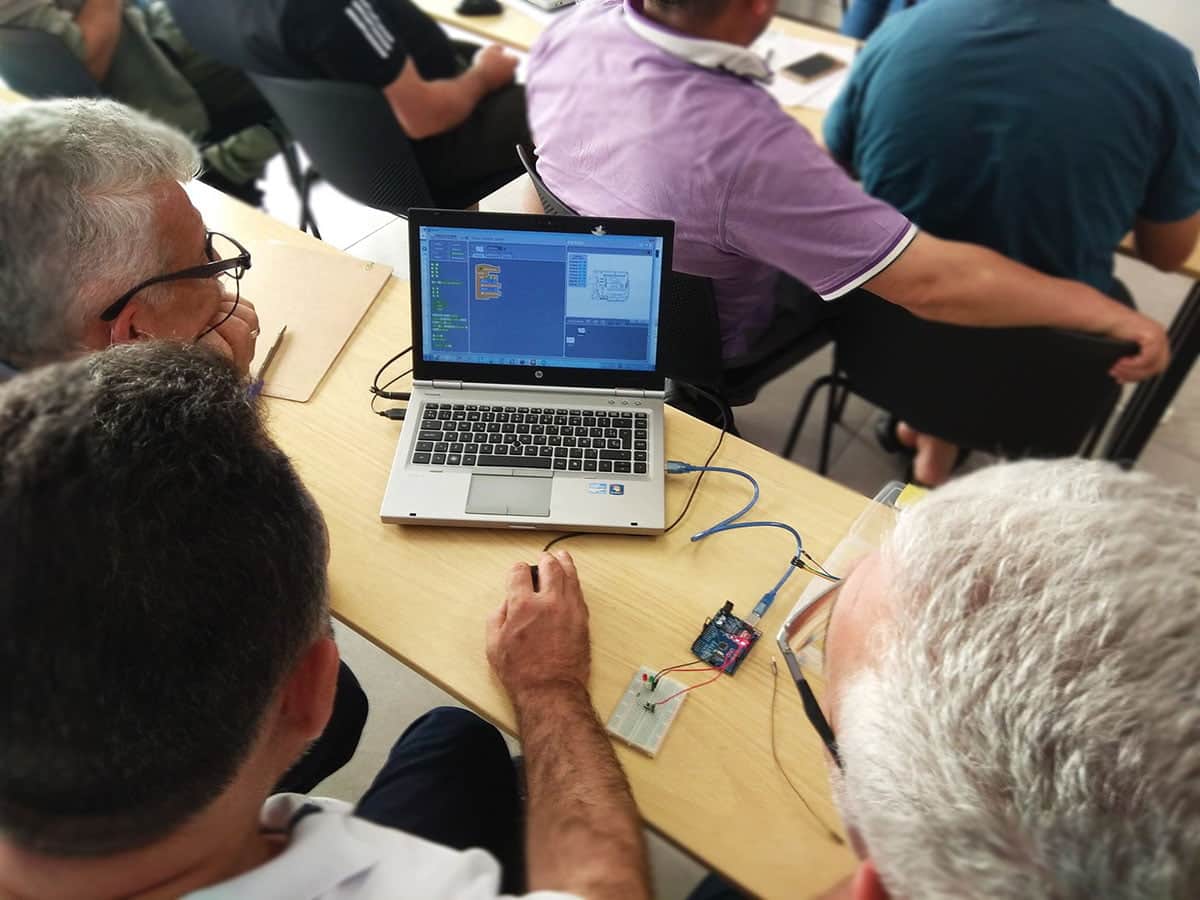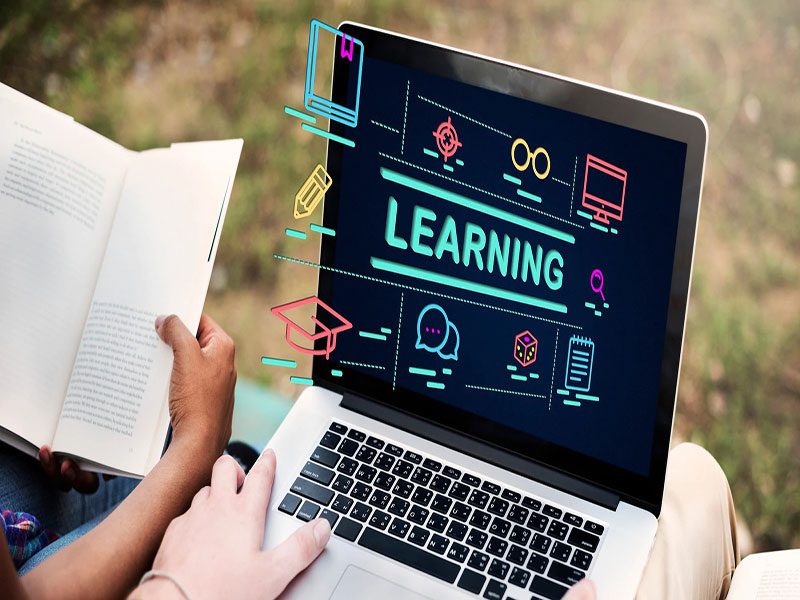Teaching can be an incredibly rewarding experience. It can be even more rewarding when you use multiple intelligences to engage students. Incorporating multiple intelligences into your teaching is an excellent way to ensure that all students are engaged in learning. By utilizing a variety of strategies and techniques, you can tap into the different ways that students learn and make sure everyone is getting the most out of the lesson.
You can use multiple intelligences to create a stimulating, interactive learning environment that will capture and keep the attention of all your students. By understanding and implementing multiple intelligences in your teaching, you can help your students become more engaged and motivated to learn.
What are multiple intelligences?
Multiple intelligences is a term that came into popular use in the 1990s. According to American educationalist Howard Gardner, multiple intelligences are the “fundamental human capacity for dealing with and understanding the world.” While each of us is capable of only a certain amount of “intelligence” in one area, we all have the potential to be intelligent in many different ways.
There are many different theories behind multiple intelligences, but they all share the idea that intelligence is not limited to one particular area. The theory of multiple intelligences also suggests that rather than trying to force students to “learn a subject blindly” as we do in school, teachers should accept that some students have a naturally different way of understanding things than others.
Advantages of incorporating multiple intelligences in teaching
Multiple intelligences have the potential to enhance many aspects of the teaching experience. By tapping into multiple intelligences, you can create a more engaging and accessible learning environment that is better suited to the needs of all students.
Incorporating multiple intelligences can also improve the retention of information, decrease the stress that can result from academic pressure, and reduce feelings of isolation among students.
Strategies for engaging multiple intelligences in teaching
– Make learning relevant – Make learning relevant by connecting concepts and theories to concepts and practices in students’ everyday lives. In addition, by taking a critical perspective on the content, you can help students think critically about their own knowledge and make connections between their own perspectives and those of others.
– Make learning accessible – Make learning accessible by breaking down complex information into smaller, digestible pieces and finding ways to convey the information in a way that is interesting and engaging for the student.
– Make learning memorable – Make learning memorable by creating a space for students to create their own connections between what they are learning and their own lives and interests. By allowing students to take things apart and put them back together, you can help them form their own mental maps of what they are learning.
– Make learning enjoyable – Make learning enjoyable by keeping the learning environment student-friendly. By making the classroom environment friendly and welcoming, students will feel more comfortable in their new environment, which can improve their retention and motivation to learn.
Examples of activities for incorporating multiple intelligences in teaching
– Brainstorming activities – Brainstorming activities are excellent ways to encourage students to generate and share ideas. By encouraging students to brainstorm and share their ideas, you can help them gain a better understanding of the content.
– Classroom games or activities – Classroom games and activities are another excellent way to bring multiple intelligences into the learning environment. By using games and activities that are directly related to the content, students will be able to tap into their multiple intelligences more readily.
– Mind mapping – Mind mapping is a visual method for organizing information and can be used for many different purposes. It can be used for visualizing content and for organizing information into a sequence. Mind mapping can also be used for exploring relationships between ideas and concepts.
– Interactive group activities – Group activities can be an excellent way to encourage students to use their multiple intelligences. By encouraging students to participate in group activities together, you can draw out their unique abilities and challenge them to grow as thinkers.
– Role-playing activities – Another way to bring multiple intelligences into the classroom is through role-playing activities. By encouraging students to play different roles in class, you can bring out their multiple intelligences and make them use their creativity.

Benefits of incorporating multiple intelligences in teaching
By tapping into multiple intelligences in your teaching, you can help students to become more engaged and motivated to learn. Multiple intelligences have been shown to have many benefits for students, including the following: – Improved retention – By using the different ways that students learn, you can help students to retain information better. This can help students to feel less overwhelmed by their coursework and keep them from becoming disengaged.
– Improved motivation – Another benefit of using multiple intelligences is that students may feel more motivated to learn because they are using multiple intelligences in their learning. This can help students to feel like they are gaining something tangible from their coursework.
– Increased feelings of safety – Some students may feel unsafe or different in the classroom. By encouraging all students to use multiple intelligences, you can help them to feel more comfortable in their new environment.
Challenges of incorporating multiple intelligences in teaching
By tapping into multiple intelligences, you can help students to feel more connected to their coursework. However, introducing multiple intelligences into the classroom can also present challenges for teachers. For example, it can be difficult to keep track of multiple intelligences in the classroom and to make sure they are treated equitably.
Another challenge that can come with incorporating multiple intelligences is the fact that students may not be able to use multiple intelligences in their learning because they do not have a naturally high level of intelligence in one area.
Tips for success in incorporating multiple intelligences in teaching
By incorporating multiple intelligences into your teaching, you can help students to feel more connected to their coursework and better equipped to succeed in life. To be successful with multiple intelligences, students will have to put in a lot of hard work and effort. Build a Supportive and Welcoming Learning Environment – The key to inspiring students with multiple intelligences is to create an environment that is conducive to these abilities. Build a strong classroom community by encouraging students to socialize, participate in class activities, and collaborate.
– Make Learning Accessible – Another way to bring multiple intelligences into the classroom is by making information and content accessible to all students. Make sure that assignments are clear, assignments are broken down into smaller parts, and that assignments and assessments are manageable for all students.
– Transform Learning Memorable – In order to make learning memorable, you will have to make the class experience as enjoyable as possible. Use lively and creative teaching techniques, incorporate music and visual aids into the lesson, and encourage students to voice their opinions and form their own mental maps of the content.
– Make Learning Rewarding – Last but not least, you will have to make sure that the assignments you give students are rewarding and engaging. Make sure that tasks have real-world applications, have clear goals and objectives, and are challenging enough to make students feel like they are making progress.

We at Plus Project are passionate about transforming the adult education landscape. As a premier training provider, we take pride in offering top-notch courses for teachers, aimed at sharpening their skills and expanding their knowledge. Our expert trainers use cutting-edge methods to deliver a dynamic and engaging learning experience, making us the ideal choice for teachers seeking professional growth and success. Join us on our mission to elevate the teaching profession, one course at a time.

